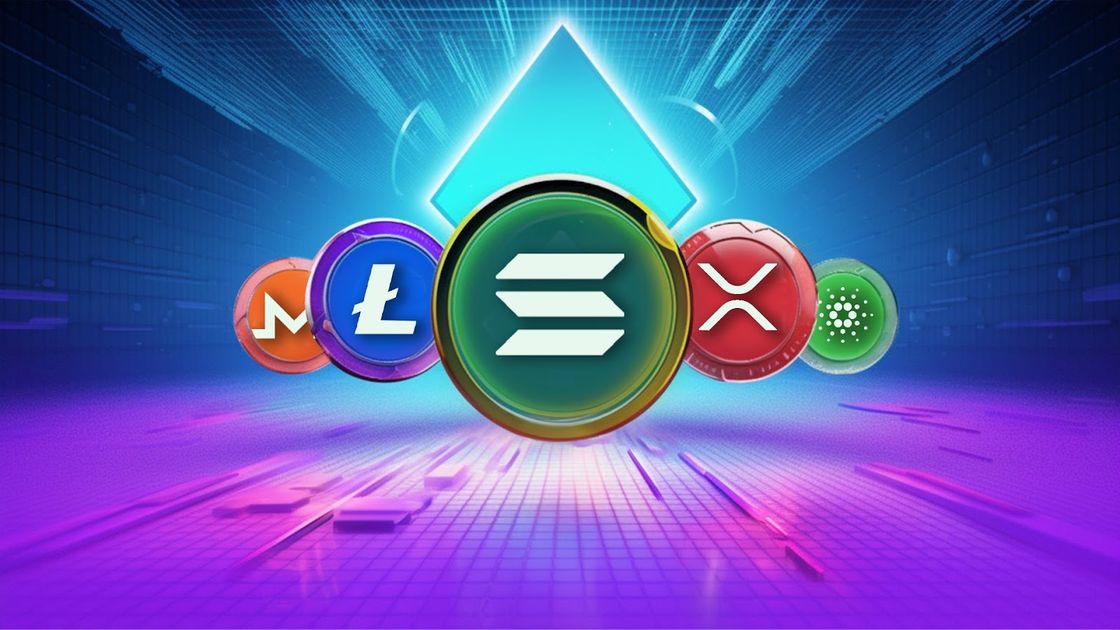
Crypto nodes are individual computers or devices connected to a blockchain network. Nodes play a key role in a network's infrastructure, by securing the network through consensus mechanisms, maintaining a complete copy of the blockchain ledger, as well as validating transactions.
What types of Crypto Nodes are there?
There are two main types of crypto nodes, Full Nodes and Lightweight Nodes.
Bitcoin, for example, has two types of nodes, full nodes that store a copy of the blockchain and guarantee the security and validity of data on the blockchain.
The second is a lightweight node, where each user needs to connect to a full node to synchronise to the current state of the blockchain and participate in the blockchain.
Nodes play a vital role in the blockchain network infrastructure.
Below is a description of the different types of nodes with subtypes:
Full Nodes
Full Nodes act as a server in a decentralised network. They store a complete copy of the blockchain, validate transactions and submit new blocks to the blockchain.
Full Nodes maintain the security of the blockchain, whilst also making sure to maintain the consensus between other nodes, acting independently to verify and enforce network rules makes them vital to decentralisation.
Voting on proposals for the future of the network is done on Full Nodes, if over 51% of the community disagrees with a proposal it doesn't proceed, these disagreements can lead to hard forks where the community splits into two.
There are a few subtypes of Full Nodes, they are:
Pruned Full Nodes
Pruned full nodes download blocks from the beginning of the blockchain, however, they have a unique characteristic: once they reach a predefined size limit, they start deleting the oldest blocks.
They are still considered full nodes capable of verifying transactions and participating in the network consensus.
Archival Full Nodes
Archival full nodes are often what is referred to when someone uses the term full node.
They can be split into different subtypes, ones that can add blocks to the blockchain or Mining nodes, operated by miners and they perform Proof-of-Work and Proof-of-Stake consensus mechanisms to add new blocks to the blockchain, miners are rewarded with new crypto for adding a block.
Then there are Staking Nodes which earn rewards by holding and staking coins, you don't need any expensive machinery for this, just as a crypto wallet online 24/7, this can be done through a device like Raspberry Pi.
Masternodes
Nodes that are unable to add new blocks to the blockchain are called Masternodes.
Compared to full nodes they cannot add blocks to the blockchain, their only purpose is to keep a record of transactions and validate them, be that for miner or staker nodes.
One benefit of a Masternode is that you not only secure the network but can earn a share of the rewards for doing so.
Establishing a Masternode requires a certain sum of funds to be locked as collateral and can be confusing for beginner users.
Authority Nodes
Authority nodes are used for networks that aren't fully decentralised. On these networks, either a development team will decide how many authority nodes are needed and who will run them, or the community can vote on this decision. Apart from this difference, Authority Nodes are the same as Full Nodes
Lightweight Nodes
Lightweight Nodes, also known as Simplified Payment Verification or SPV nodes, do not store a copy of the entire blockchain, instead, they rely on communication with full nodes to verify transactions and download relevant data.
Lightning Nodes
Lightning nodes establish connections between users outside the blockchain to reduce network load and transaction times.
An example of a lightning node is the Lightning Network.
How to Set Up and Run a Full Node
Running a node requires a few things to get started.
First, you must choose the blockchain you want to run a node on, for example, Bitcoin.
You then need to acquire the necessary hardware and/or software needed to run a node, this often involves a small computer.
A node can be run in a few ways, such as hosting a node via a VPN or Virtual Private Network, or through a customised solution like a Raspberry Pi.
A full guide to setting up a Bitcoin node can be found here.
Pros and Cons of Running a Crypto Node
Pros
-
Running a node allows you to verify transactions and participate in the network without relying on any third parties.
-
Running your own node means you don't have to share your transaction data with external servers or rely on their privacy measures, you can control and protect your data.
-
By running a node you contribute to the decentralisation and resilience of the network. The more nodes there are the harder it is to disrupt or control the network.
Cons
-
Running a node can be resource intensive, requiring a significant amount of disk space, and processing power, which might make it not practical for users with limited resources.
-
The initial setup and configuration of a node can be technically challenging.
-
Running a full node can consume a lot of network bandwidth, which can lead to additional costs with your network provider if you have limited data allowances.
Final Thoughts
Crypto nodes are essential for blockchain networks, responsible for transaction validation, network security and decentralisation.
Running a node is a way to actively participate in and support a blockchain network; this does, however, come with technical challenges and resource requirements.
As the crypto landscape continues to evolve, node operators will remain essential to upholding the core principles of the cryptocurrencies.
If you are interested in maintaining network security, contributing to decentralisation or just furthering your understanding of a blockchain network then running a crypto node can be a rewarding and educational experience that you should try.
Want More Cutting-Edge Crypto News?
Follow Us: X TikTok Instagram Telegram LinkedIn
Sign up to our newsletter at the bottom of the page
Check Out Our Top 10 Crypto Currencies of 2023
This article is intended for educational purposes and is not financial advice.


















